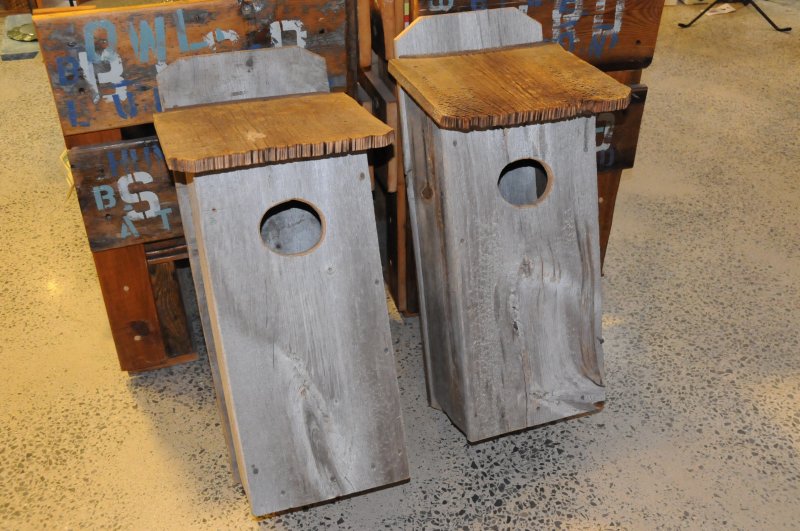Offer
Provide additional details about the offer you're running.
Provide additional details about the offer you're running.
Provide additional details about the offer you're running.

It certainly seems like more and more folks are getting into wood duck placement, at least out here in our neck of the woods. Most times when I pass a marshy area while in my car, I can often spot a few wood duck boxes nicely hung on the trees.
We have also been a part of this trend in our store. Questions and comments seem to flow in from folks from all different walks of life, inquiring about these big wooden boxes.
While as simple as they may seem from a construction point of view, these wood duck boxes are vital to both the
survival and the preservation of wood duck populations here in eastern North America.
Wood ducks were once one of the most abundant waterfowl species in this area, but like many other game birds and animals, in the early 1900’s, wood ducks eventually succumbed to over-hunting and urban development. Wood ducks were virtually on the brink of extinction.
The development of the Migratory Bird Treaty Act of 1918 provided some much-needed refuge for these ducks, but it was not until these efforts were paired with the assistance of artificial nesting structures such as wood duck boxes.
Wildlife biologists Gil Gigstead and Milford Smith are believed to be the original designers of the very first wood duck boxes, originally used in the state of Illinois. The design is lent from the fact that female wood ducks were observed to have (and still do) build their nests in tree cavities, which can be a difficult task given the size needed nest their young.
Females would often scour for days if not weeks in search of the perfect nesting site, one that not only had ample space but one that could also protect their young against predators.
Enter man-made wood duck boxes.
Given their specialized nesting needs, the nesting boxes that were originally erected back in 1937 and the ones we utilize today are properly measured for the best in comfort and accessibility. We have also learned a great deal not only about these ducks but the predators that prey on their eggs and young.
In addition to strategically placing these nesting boxes close to suitable brood habitat, many of those installed today are installed using a strong wooden or metal post and are always paired with proper predator guards.
Another fine example in which avid conservationists, nature and bird lovers came together and virtually saved these beautifully-coloured ducks.
High Quality Blend